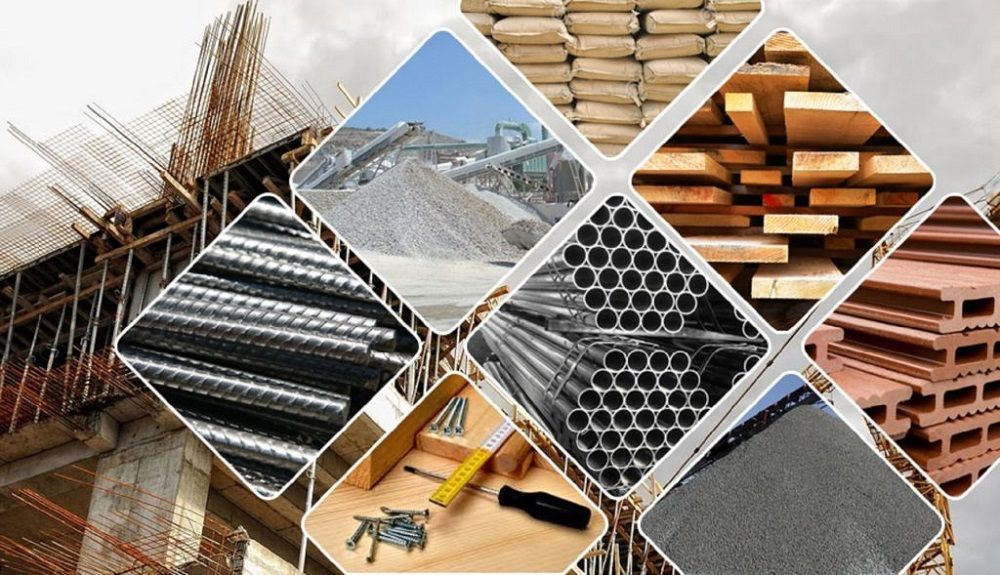In recent years, the construction industry has witnessed a significant shift towards sustainable and innovative building materials. One such material that has gained considerable attention is the new cement material. This article aims to delve into the world of new cement materials, exploring their composition, properties, and potential applications. By understanding the advancements in this field, we can uncover the transformative impact these materials can have on the construction industry.
- Understanding New Cement Materials:
New cement materials refer to alternative binders that can replace or supplement traditional Portland cement. These materials are designed to address the limitations of conventional cement, such as high carbon emissions and energy consumption during production. They offer improved performance, durability, and environmental sustainability. - Composition and Properties:
New cement materials are typically composed of a combination of cementitious compounds, such as fly ash, slag, silica fume, and calcined clays. These materials possess unique chemical and physical properties that contribute to their enhanced performance. For example, some new cement materials exhibit higher strength, reduced permeability, and increased resistance to chemical attacks compared to traditional cement. - Applications in Construction:
The potential applications of new cement materials are vast and diverse. They can be used in various construction projects, ranging from residential buildings to infrastructure development. Some notable applications include:
- High-performance concrete: New cement materials can be used to produce high-strength and durable concrete, ideal for constructing bridges, highways, and skyscrapers.
- Sustainable construction: By reducing the carbon footprint and energy consumption, new cement materials contribute to sustainable building practices, aligning with green building certifications.
- Repair and rehabilitation: These materials can be utilized in the repair and rehabilitation of existing structures, enhancing their longevity and minimizing maintenance costs.
- Precast concrete products: New cement materials offer improved workability and performance, making them suitable for manufacturing precast concrete elements like beams, columns, and panels.
- Advantages and Challenges:
New cement materials bring several advantages to the construction industry. They offer reduced environmental impact, enhanced durability, and improved performance. However, their widespread adoption faces certain challenges, including:
- Cost considerations: The production and implementation costs of new cement materials can be higher than traditional cement, limiting their adoption in some projects.
- Standardization and regulations: As these materials are relatively new, there is a need for standardized testing methods and regulations to ensure their quality and performance.
- Awareness and education: Promoting awareness and educating industry professionals about the benefits and applications of new cement materials is crucial for their wider acceptance.
Conclusion:
The emergence of new cement materials represents a significant advancement in the construction industry. With their improved performance, durability, and sustainability, these materials have the potential to revolutionize the way we build. By embracing innovation and overcoming challenges, the construction industry can pave the way for a greener and more resilient future.



